How to Remove a Broken Doorknob
It is a frustrating situation. You want to replace a broken doorknob but since the doorknob wont unlatch the door, you can't replace it. Sometimes doorknobs are loose, wont turn or wont latch. In order to repair these faulty doorknobs, you must get them out of the door. Here is how to remove those broken doorknobs so you can fix them or install ones that work.
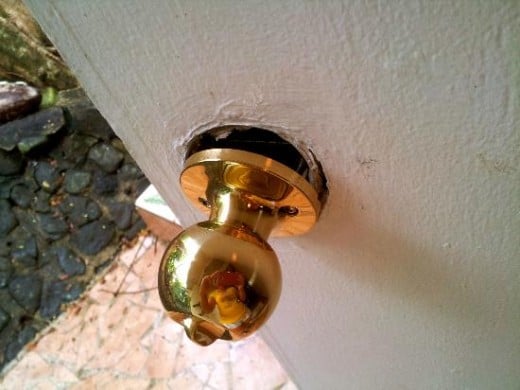
What You Need to Remove a Broken Doorknob
Several tools are needed to remove a broken doorknob. Different doorknob manufacturers secure their doorknobs to doors in different ways. The doorknob you are trying to remove may require some of these tools or all of them.
- Small flat head screwdriver
- Large flat head screwdriver
- Phillips head screwdriver
- Allen Wrenches
- Rag
Remove the Doorknob Handle
Locate the stem connecting the door and the doorknob handle. This is the narrow part that turns when you turn the doorknob. Look on the side and bottom of the stem. There should be a small hole or slit. Use the small flat head screwdriver to push into the opening. This should activate a spring loaded switch that releases the doorknob handle. Pull it straight off. Some other doorknobs require an Allen wrench to release the doorknob handles. You will need to experiment with the size of the opening to determine which size Allen wrench to use. Some older doorknobs have set screws in the side of the stem instead of springs. Unscrew the set screw to release the doorknob handle. Regardless of which method you use to release the doorknob handles, remove them from both sides of the door.
Remove the Doorknob Trim
Use one of the flathead screwdrivers to pry off the doorknob trim. This is the ring around the base of the doorknob stem. Pull it straight off the stem. You should be left with the exposed doorknob stem and an inner trim plate with two screws. If the doorknob is loose and wobbly, tightening these screws can solve the problem. If the problem is something else, remove the inner doorknob plate as well. Use the large flat head screwdriver or the Phillips head screwdriver depending on which type of screws are used to secure the door knob to the door. On some doorknobs the screws are on the outside of the doorknob trim. This makes removing it even easier. Remove the doorknob trim on both sides of the door.
Remove the Doorknob Anchor Screws
When the doorknob trim is off of the door, you will see two long screws holding the two sides of the doorknob mechanism together. Use a screwdriver to remove these long screws. Be careful as you do this. When one is removed, some of the doorknob parts may swing loose. When the second long screw is removed, some of the parts may fall off. Hold them securely as you remove the two long screws and note how they fit together. You will need to remember this when you reattach the doorknob or replace it with another one.
Remove the Doorknob Mechanism
Pull the doorknob mechanism out of the door frame. If this is greasy or oily, wipe it down with a rag. Everything should slide out without much effort. Make sure to keep the parts together and note how they fit together if you plan to reinsert the same doorknob later. Some older doorknob mechanisms will just fall apart if you yank them out and you may not be able to figure out how they fit together. Be sure to remember which screws go in which place. They can look similar but serve very different functions in different parts of the doorknob.
Remove the Doorknob Strike Bolt
Once the doorknob mechanism is out of the door, you will see two screws holding in the strike bolt. Carefully remove the screws and slide out the strike bolt. The entire door knob and associated parts should be out of the door now. All that should be left is an empty hole.
Remove the Strike Plate
If you will be installing a brand new doorknob, you may also want to remove the strike plate. This is a flat piece of metal with a hole in it. The strike plate is located on the side of the door next to where the doorknob goes. It is designed to smoothly guide the strike bolt through the side of the door and into the door frame. There is usually a matching strike plate on the door frame to help the strike bolt on the other side. New doorknob kits usually contain matching strike plates. If you wish to install these, remove the old ones by removing the two screws holding each one in place. It is usually not necessary to replace the strike plates when replacing a broken doorknob since they play no part in the doorknob's function. However, if the new doorknob contains matching strike plates, it will look better when they are installed.
What To Do After Removing a Broken Doorknob
If the door you removed the broken door knob from is to the outside of your home, it is a good idea to replace the broken door knob immediately. A door without a door knob has a big hole in it and can not be locked unless you have a separate dead bolt. Purchase a new door knob before removing the broken door knob so you can replace it immediately. Be sure to buy the right size doorknob for the hole in your door.
© 2015 Discover the World
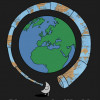
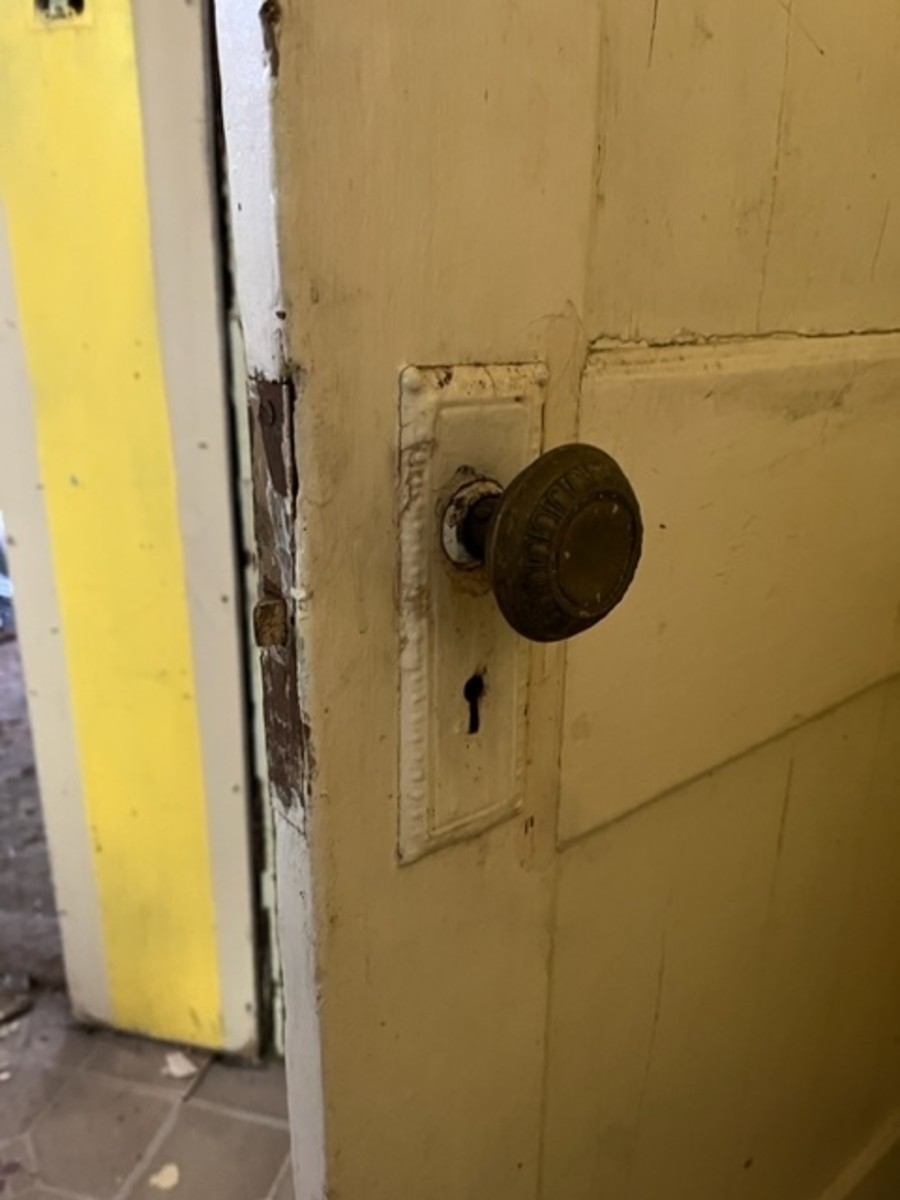
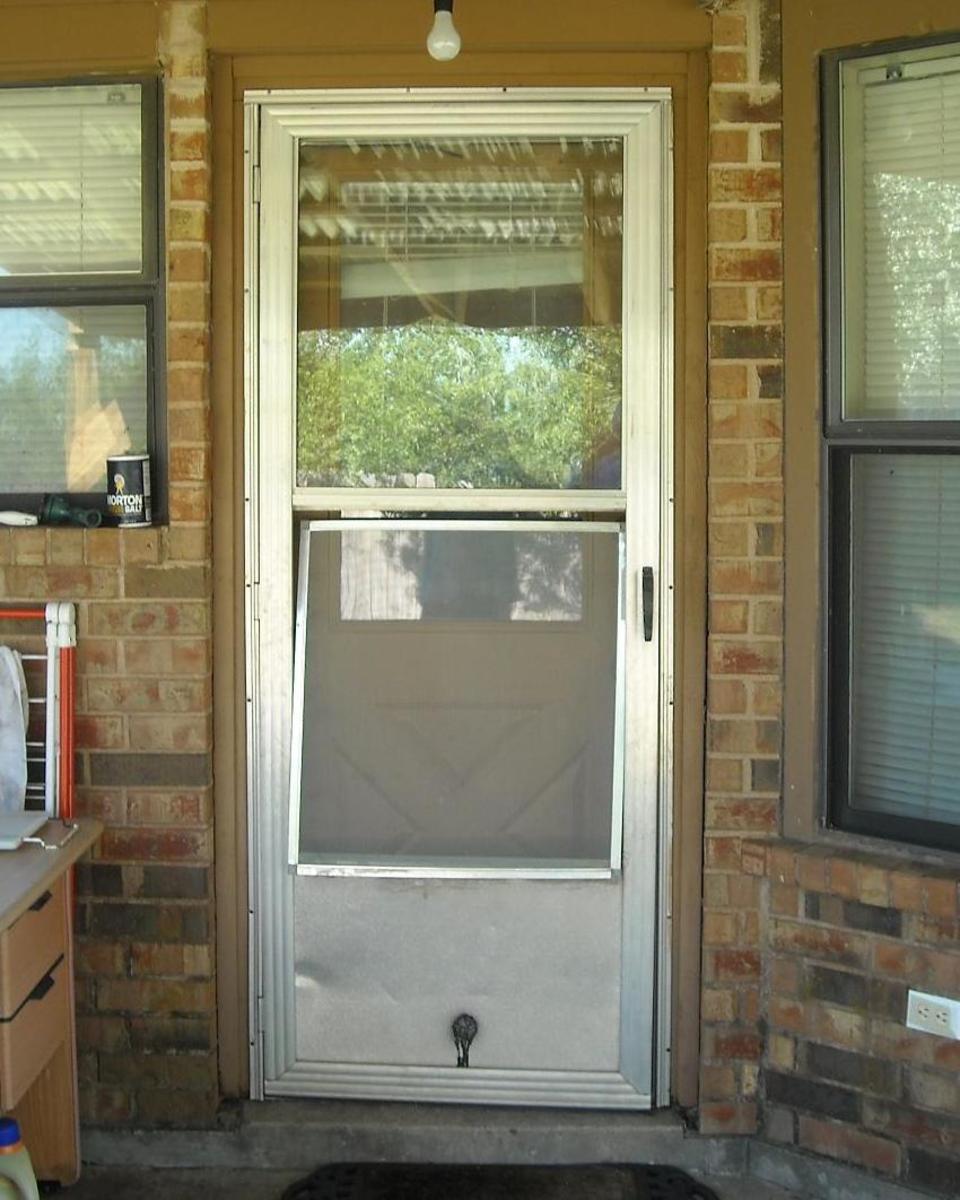

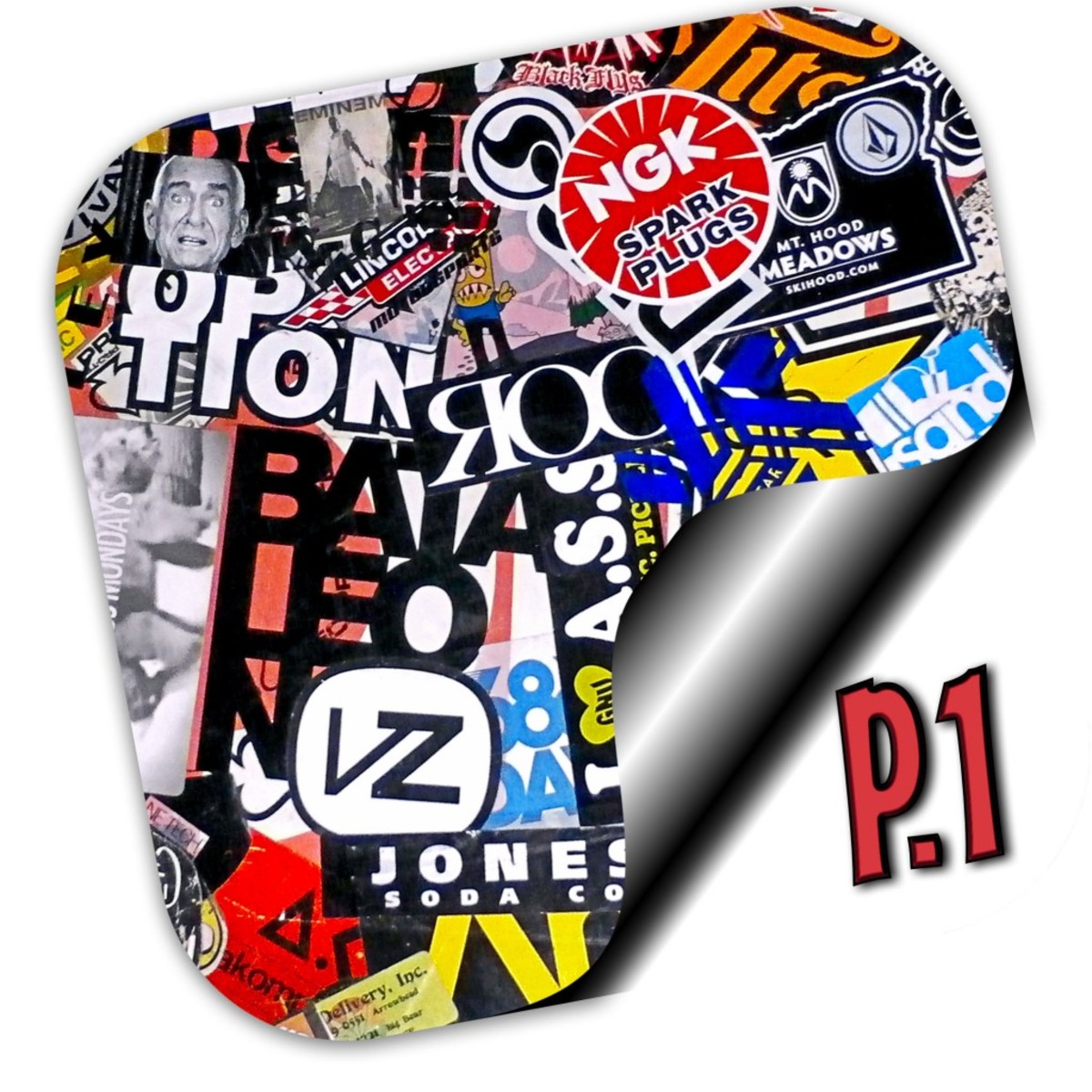
![These Companies Will Send You Free Stickers [#03] These Companies Will Send You Free Stickers [#03]](https://images.saymedia-content.com/.image/t_share/MTczODA2NTAzNjg4NzQyNTM5/clothing-company-stickers.jpg)